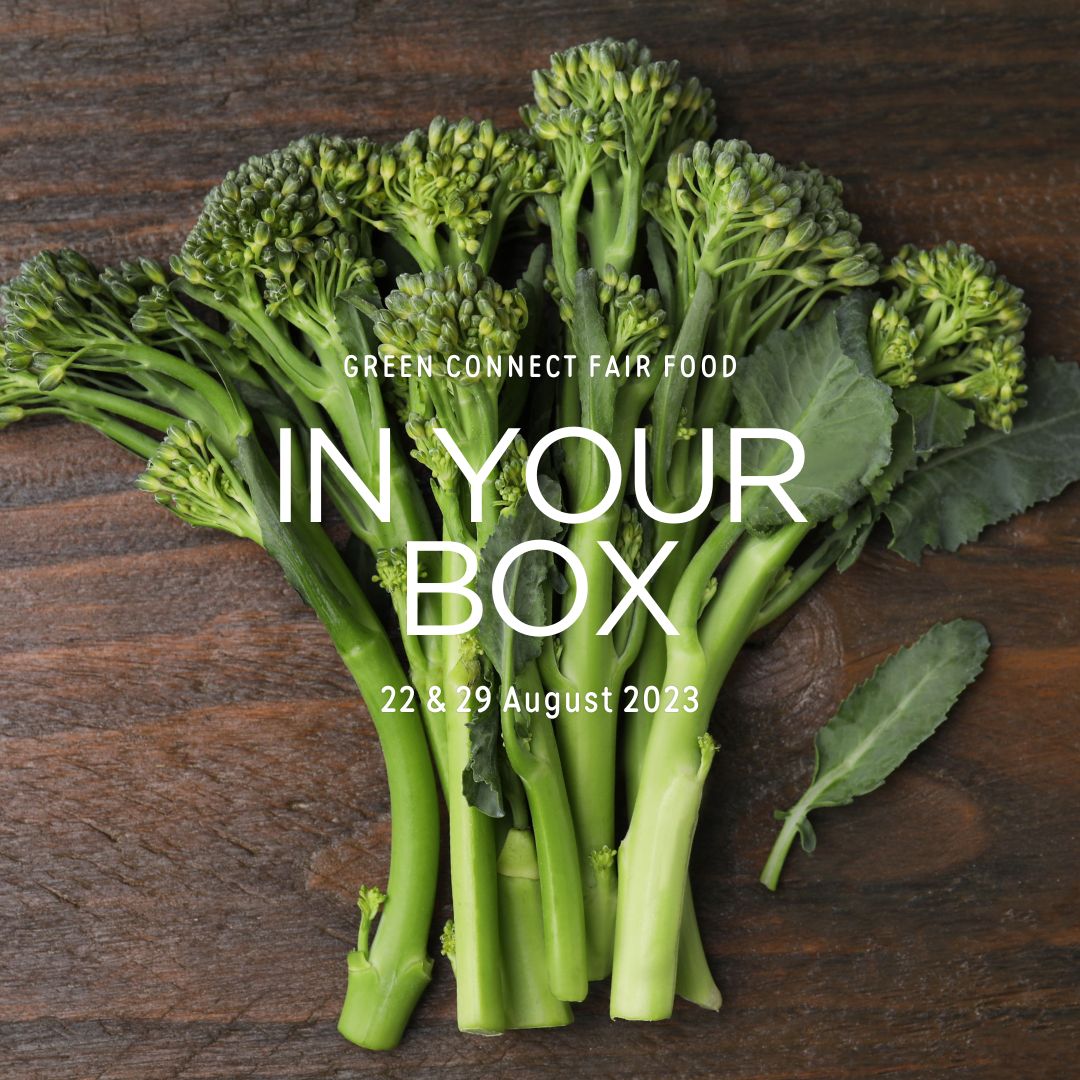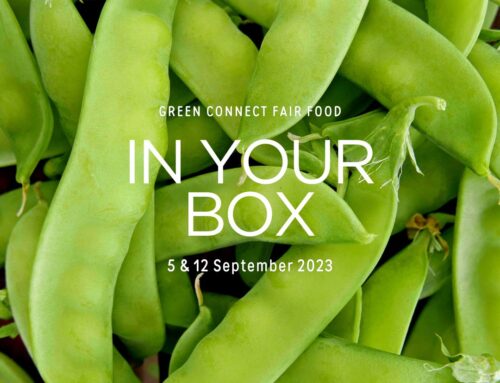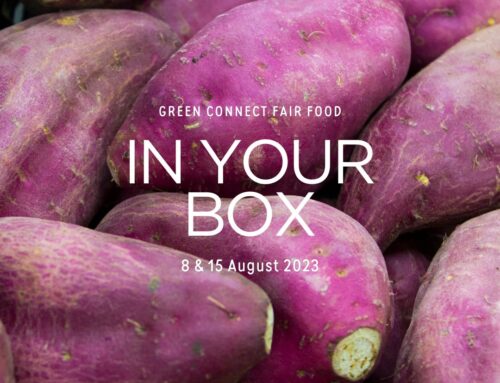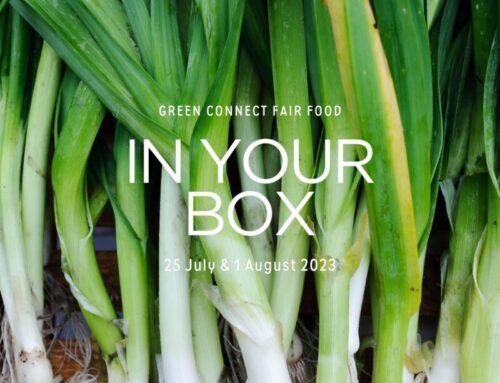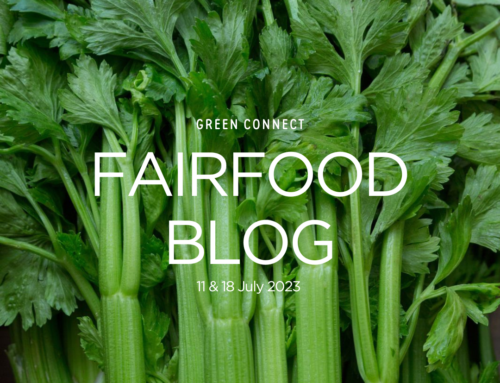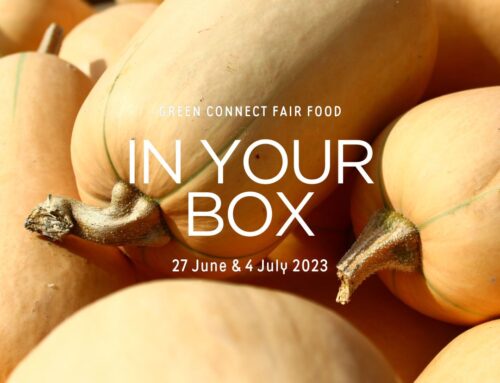Storing Produce for Longer Life
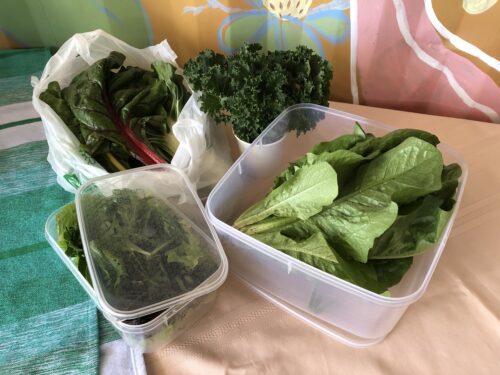
How you store your fruit and veg matters, especially if you want them to stay fresh for longer. So, when you unpack your veg box, it’s worth taking a few extra minutes to prepare your fruit and veg for storage.
There are a few factors that affect how quickly fruits and vegetables ripen and spoil. With these in mind, here are our top tips for extending the life of your veg box produce:
Temperature
- Almost all vegetables should be stored in the fridge. Potatoes, onions, garlic, and whole pumpkins can live in a cool dark spot, like a cupboard.
- Fruits that need to ripen before eating, like pears, kiwifruit, avocados, tomatoes, and bananas, ripen best in the fruit bowl on the counter. Transfer them to the fridge when ripe to keep them good to eat for longer. Fruits that don’t need to ripen, like apples and citrus, should be stored in the fridge from the beginning.
Humidity
- When fruits and vegetables lose moisture, they wilt or go soft; a bit humidity helps to offset this and is a good thing for most produce.
- Veggie crispers maintain higher humidity than the rest of the fridge by design and are effective at extending the life of most produce. However, leafy greens, as well as most other veggies, will stay fresher for significantly longer if kept in a sealed container or plastic bag, which provides a more consistently humid environment. There’s no need to buy special containers for this; a random assortment of large containers and reusable plastic bags are all you need!
- Items like salad mix, green beans, snow peas, and cut pumpkin are best removed from their paper bag immediately and transferred to a sealed container or reused plastic bag.
- Make sure produce is dry before storing; too much moisture can promote rotting, mould, or mushiness.
- Remove leafy tops from root vegetables like beetroot, carrots, and kohlrabi, cutting the greens at their base and leaving the root intact. If left attached, the leaves will draw moisture from the root over time causing them to shrivel and soften. The edible tops can be stored separately in a bag.
- If leafy greens and stem vegetables like kale, lettuce and celery have started to go limp, revive them by chopping the bottom off the stem or base and popping them in some water for a few hours.
- Produce stored outside the fridge benefits from good airflow, so do not bag potatoes, onions, or fruit in the fruit bowl.
Ethylene Gas
- Ethylene is a plant hormone that causes accelerated ripening. Some fruits and vegetables release it, and some spoil quickly when exposed to it.
- Fruits are more often producers of ethylene gas, so a good rule of thumb is to store fruits and veggies separately.
- Inside the fridge, store apples and other ripe fruit outside of your crisper drawer or in a sealed bag.
- On the counter, don’t overcrowd your fruit in the fruit bowl unless you want everything to ripen faster.
Of course, softer items like lettuce, cucumbers, and kiwifruits will never last as long as heartier produce like kale, cabbage, and apples. But by following these tips and eating more delicate produce first, you can extend the life of your produce, reduce food waste, and get more value from your veg box!
If you have any questions or other suggestions on how to store your produce, please share them with us.
Lindsay Burlton
Fair Food Coordinator
In your box on Tuesday 29 August 2023:

In your box on Tuesday 22 August 2023:
Note: We sometimes need to make changes to what we pack in your veg box based on the quantity or quality of produce that we can harvest and source. If you have any questions about what is in your box, don’t hesitate to contact us at [email protected].
Feature Veg: Mizuna, Bay Leaf, Cauliflower
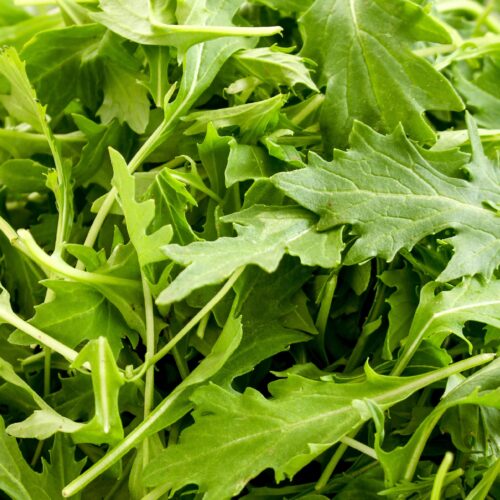 Mizuna is a leafy green veg that comes from the mustard or Brassica family. It’s similar to rocket, with small, feathery, pointed leaves and a slightly peppery flavour. In the kitchen, it’s more versatile than you might think! Eat it raw in a salad with other greens or on its own, or make it into pesto. It can be added to a range of cooked dishes too, including pasta, risotto, pizza, stir-fry, or soup. Its flavour gets milder with cooking.
Mizuna is a leafy green veg that comes from the mustard or Brassica family. It’s similar to rocket, with small, feathery, pointed leaves and a slightly peppery flavour. In the kitchen, it’s more versatile than you might think! Eat it raw in a salad with other greens or on its own, or make it into pesto. It can be added to a range of cooked dishes too, including pasta, risotto, pizza, stir-fry, or soup. Its flavour gets milder with cooking.
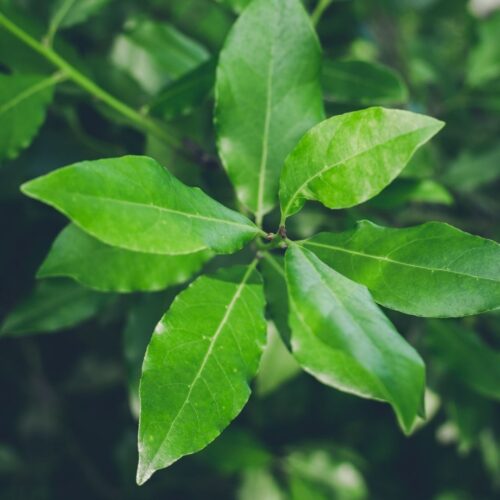 Bay Leaf is an aromatic leaf commonly used as a herb in cooking. It tastes a bit like oregano or thyme and works well with other warm spices like nutmeg and chili. It is most commonly used whole during the cooking process and then removed before the dish is served. Dry leaves are less bitter than fresh; Dry yours by hanging the branches in an airy spot for a couple of weeks.
Bay Leaf is an aromatic leaf commonly used as a herb in cooking. It tastes a bit like oregano or thyme and works well with other warm spices like nutmeg and chili. It is most commonly used whole during the cooking process and then removed before the dish is served. Dry leaves are less bitter than fresh; Dry yours by hanging the branches in an airy spot for a couple of weeks.
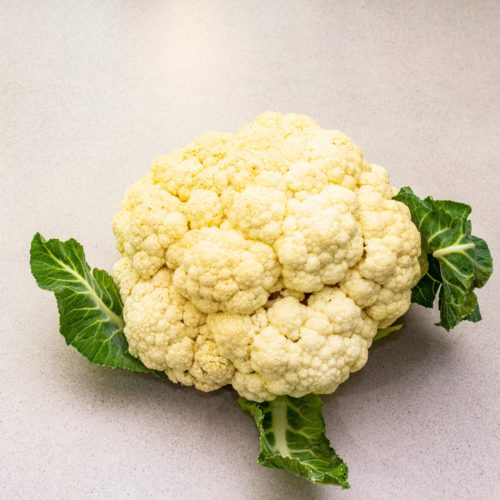 Cauliflower is a relative of broccoli, cabbage, turnips, and other brassicas. Did you know the white cauliflower head or ‘curd’ is an immature cluster of flowers? When cooked, its texture stays firm but becomes tender and it readily absorbs accompanying flavours. Try pureeing it for a sauce, chopping into rice, adding it to a curry, soup, pasta, or stir-fry, roasting it whole, or eating it raw. The leaves and stem can be eaten too.
Cauliflower is a relative of broccoli, cabbage, turnips, and other brassicas. Did you know the white cauliflower head or ‘curd’ is an immature cluster of flowers? When cooked, its texture stays firm but becomes tender and it readily absorbs accompanying flavours. Try pureeing it for a sauce, chopping into rice, adding it to a curry, soup, pasta, or stir-fry, roasting it whole, or eating it raw. The leaves and stem can be eaten too.


